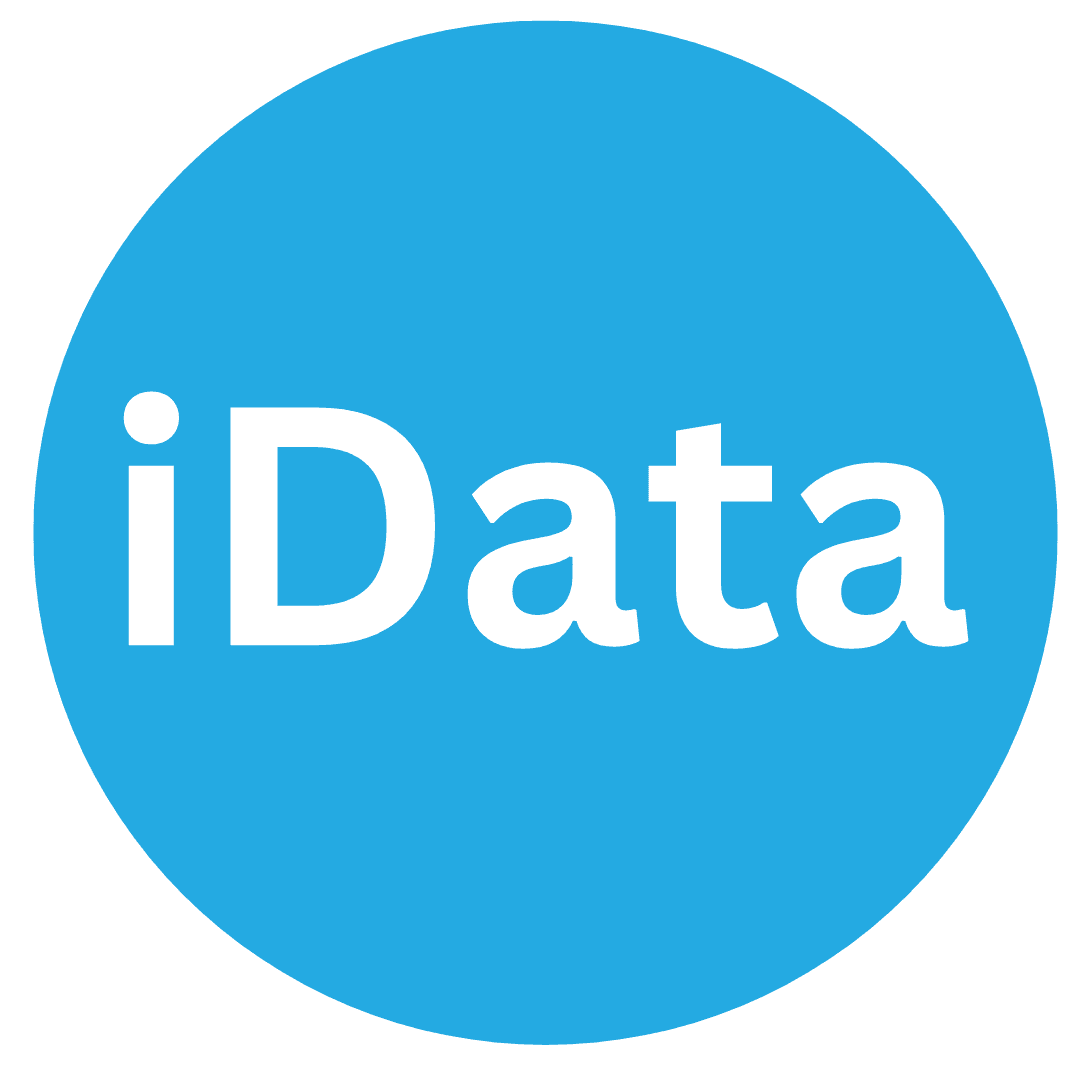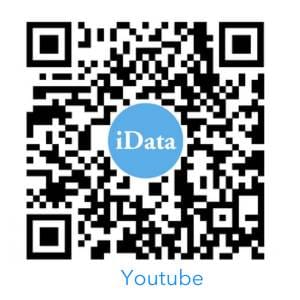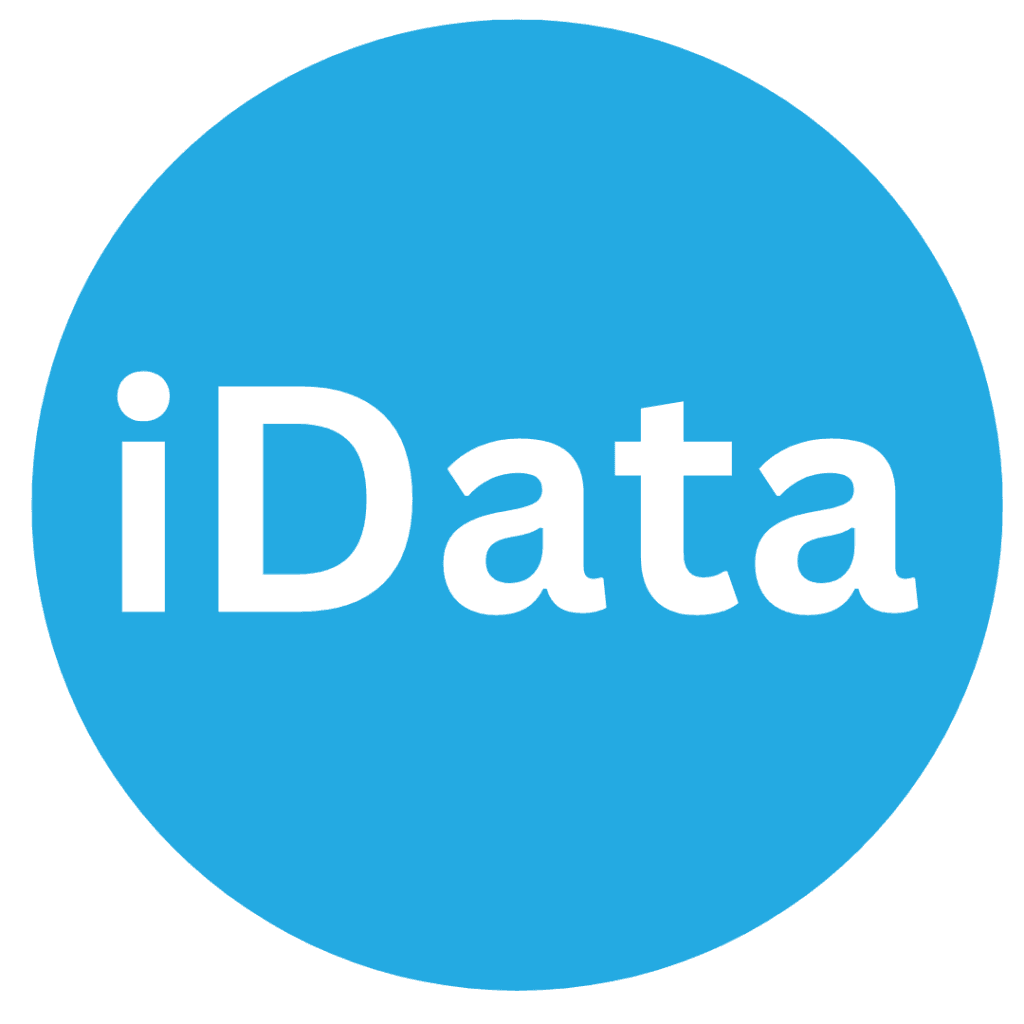LLMs: Evolution, Applications, open sources Tools and Examples
1. Introduction
Generative AI is a hot topic, a famous example is Large Language Models (LLMs), LLMs have transformed the field of artificial intelligence by enabling machines to understand text/audio/video , generate new text/audio/video, at an unprecedented scale. In this paper, we will discusses the evolution of LLMs, their various applications across banking, telecommunications, and healthcare, etc, and the open-source tools available for building such models. It concludes by illustrating examples of how LLMs can be trained or fine-tuned using open frameworks.
Language is the foundation of human communication, and the ability of machines to process language effectively has been a central challenge in artificial intelligence (AI). Large Language Models (LLMs), powered by deep learning and transformer architectures, have revolutionized natural language processing (NLP) by enabling tasks such as text generation, summarization, reasoning, and dialogue understanding. Since 2017, when Vaswani et al. introduced the Transformer architecture, LLMs have grown exponentially in size, capability, and accessibility. Their applications now span multiple industries, from financial analytics to healthcare diagnostics and intelligent customer support.
2. History and Evolution of Large Language Models
2.1 Early NLP and Statistical Models (Before 2010)
Before deep learning, NLP relied on statistical techniques such as n-gram models, hidden Markov models (HMMs), and conditional random fields (CRFs). These models had limited contextual understanding and struggled with long-range dependencies.
2.2 Neural Networks and Word Embeddings (2010–2016)
The introduction of neural word embeddings (e.g., Word2Vec and GloVe) marked a shift toward distributed representations of language. RNNs and LSTM architectures improved sequential text modeling but still suffered from inefficiencies in handling long contexts.
2.3 Transformer Revolution (2017–2020)
The 2017 paper ‘Attention Is All You Need’ introduced the Transformer architecture, replacing recurrence with attention mechanisms, allowing parallel computation and superior contextual understanding. This led to models like BERT, GPT, T5, and XLNet.
2.4 Scaling Era and LLM Explosion (2020–Present)
With the availability of massive datasets and GPUs/TPUs, models like GPT-3, PaLM, Claude, LLaMA, and Mistral emerged, containing billions to trillions of parameters. These models demonstrated emergent reasoning, multilinguality, and domain-specific adaptability.
3. Applications of LLMs in Key Industries
3.1. Banking and Financial Services
LLMs are reshaping financial operations by automating knowledge-intensive tasks, improving risk management, and enhancing customer experience.
3.1.1 Customer Support and Engagement
AI-driven chatbots provide 24/7 support for balance inquiries, credit card issues, and account troubleshooting.
Personalized financial advice through conversational AI agents trained on customer profiles and spending data.
Example: JPMorgan’s COiN uses NLP to review legal documents and extract critical information, saving thousands of work hours.
3.1.2 Compliance and Regulatory Monitoring
· LLMs can parse regulatory documents (e.g., FATCA, GDPR, Basel III) and flag non-compliant activities.
· Automated audit trail generation and anomaly detection help in fraud prevention and AML (Anti-Money Laundering) systems.
3.1.3 Financial Forecasting and Analysis
· Using LLMs to summarize financial reports, extract trends, and generate human-readable summaries.
· Integration with structured data models enables natural language querying for financial analysts (e.g., “Summarize last quarter’s market risk exposure”).
3.2. Telecommunications
Telecom companies use LLMs to improve operations, predict customer behavior, and optimize infrastructure.
3.2.1 Intelligent Virtual Agents
· Automated assistants handle billing queries, plan upgrades, and technical troubleshooting.
· Contextual understanding allows continuity in multi-turn conversations with customers.
3.2.2 Network Optimization
· LLMs analyze technical logs and network alerts to predict outages and suggest remedies.
· Used in predictive maintenance and automated root cause analysis.
3.2.3 Marketing and Churn Prediction
· LLMs interpret customer reviews, emails, and feedback to predict dissatisfaction and recommend retention offers.
· Text summarization aids in sentiment analysis across large-scale customer interactions.
3.2.4 Knowledge Management
· Telecom staff can query vast technical manuals or incident databases using natural language search (“How to configure 5G small cell deployment in urban areas?”).
3.3. Healthcare and Life Sciences
Healthcare organizations are adopting LLMs to augment medical professionals, streamline documentation, and accelerate research.
3.3.1 Clinical Documentation and Summarization
· LLMs can transcribe, structure, and summarize physician-patient conversations into clinical notes or discharge summaries.
· Example: Nuance Dragon Ambient eXperience (Microsoft) automates medical note generation.
3.3.2 Clinical Decision Support
· Models like Med-PaLM (Google )and BioGPT (Microsoft) provide evidence-based answers to clinical questions.
· Fine-tuned on biomedical literature (PubMed, Medline) to improve diagnostic accuracy.
3.3.3 Drug Discovery and Research
· LLMs can read scientific papers, extract relations (e.g., gene–disease associations), and generate hypotheses.
· Used in biomedical named entity recognition (NER) and literature mining.
3.3.4 Patient Interaction and Education
· Conversational LLMs offer symptom triage, post-discharge guidance, and mental health support.
3.4. Education and E-Learning
LLMs are revolutionizing how knowledge is delivered and personalized in education.
3.4.1 Personalized Learning
· AI tutors adapt content to student learning pace and style.
· Example: Khanmigo (by Khan Academy) uses GPT-4 to provide interactive problem-solving and feedback.
3.4.2 Automated Assessment and Feedback
· Essay grading, code review, and rubric-based evaluation with human-level understanding.
· LLMs can highlight grammar issues, argument strength, and logic coherence.
3.4.3 Content Generation
· Automated creation of quizzes, lecture summaries, and course materials tailored to curriculum goals.
3.4.4 Accessibility
· LLMs enhance learning accessibility for non-native speakers through language translation and simplification.
3.5. Legal and Compliance
The legal sector benefits from LLMs’ ability to process and interpret massive amounts of legal text.
3.5.1 Contract Analysis
· Extract key terms, clauses, and obligations from lengthy contracts.
· Detect inconsistencies, missing signatures, or compliance risks automatically.
3.5.2 Legal Research and Document Summarization
· Generate concise summaries of case law, legislation, and precedent.
· Example: Harvey AI (powered by OpenAI) supports legal research at major firms.
3.5.3 Compliance Automation
· Monitor changes in regulations and automatically update policy templates.
3.5.4 Predictive Legal Analytics
· Predict case outcomes based on historical judgments and patterns.
3.6. Retail and E-commerce
LLMs are improving personalization, recommendation systems, and inventory management.
3.6.1 Customer Interaction
· Chatbots handle order tracking, returns, and personalized product recommendations.
· Sentiment analysis detects dissatisfaction in customer feedback.
3.6.2 Product Information Management
· Automatically generate product descriptions from technical data.
3.6.3 Demand Forecasting
· Combine textual market signals (reviews, social media) with sales data to predict demand fluctuations.
3.6.4 Marketing and Content Creation
· Generate engaging marketing copy, newsletters, and social media campaigns.
3.7. Manufacturing
LLMs in manufacturing enhance efficiency, documentation, and communication between systems.
3.7.1 Maintenance and Troubleshooting
· Natural language querying of equipment manuals for repair instructions.
· Integration with IoT sensors enables predictive maintenance reports.
3.7.2 Supply Chain Management
· Summarize supplier contracts, detect bottlenecks, and automate procurement communication.
3.7.3 Workforce Training
· Virtual assistants provide just-in-time learning for technical operators.
3.8. Energy and Utilities
LLMs help manage complex technical and operational data in the energy sector.
3.8.1 Predictive Maintenance
· Analyze text-based reports and logs from sensors to predict equipment failures.
3.8.2 Environmental Reporting
· Automatically generate sustainability and compliance reports from raw data.
3.8.3 Customer Engagement
· Chatbots provide energy-saving tips and manage billing queries.
3.9. Government and Public Sector
Governments are exploring LLMs for policy analysis, citizen interaction, and document processing.
3.9.1 Policy and Legislative Analysis
· Summarize public comments, compare legal drafts, and extract policy implications.
3.9.2 Citizen Services
· Chatbots for public inquiries, permit applications, and grievance handling.
3.9.3 Intelligence and Security
· LLMs assist in information synthesis, threat analysis, and translation of foreign documents.
3.9.4 Data Transparency
· Convert dense government reports into plain-language summaries for citizens.
3.10. Media and Entertainment
3.10.1 Content Generation
· LLMs draft scripts, news articles, and creative writing pieces.
· Used for subtitling, localization, and summarizing audience feedback.
3.10.2 Audience Interaction
· Virtual companions, story-driven chatbots, and immersive AI-powered games.
3.10.3 Journalism Automation
· Automated news summarization, stock report generation, and real-time insights from live events.
4. Open-Source Frameworks and Tools for Building LLMs
Several open-source frameworks enable the creation and fine-tuning of LLMs, including Hugging Face Transformers, PyTorch, TensorFlow, DeepSpeed, Megatron-LM, OpenLLaMA, and LangChain.
5. LLM Example: Building and Fine-Tuning an LLM
An example workflow using Hugging Face Transformers and PyTorch is as follows:
from transformers import AutoModelForCausalLM, AutoTokenizer, Trainer, TrainingArguments
model_name = “gpt2”
tokenizer = AutoTokenizer.from_pretrained(model_name)
model = AutoModelForCausalLM.from_pretrained(model_name)
from datasets import load_dataset
dataset = load_dataset(“text”, data_files={“train”: “train.txt”, “test”: “test.txt”})
def tokenize(batch):
return tokenizer(batch[“text”], padding=”max_length”, truncation=True)
dataset = dataset.map(tokenize, batched=True)
training_args = TrainingArguments(
output_dir=”./results”,
num_train_epochs=2,
per_device_train_batch_size=2,
save_steps=1000,
logging_dir=”./logs”
)
trainer = Trainer(
model=model,
args=training_args,
train_dataset=dataset[“train”],
eval_dataset=dataset[“test”]
)
trainer.train()
6. Future Outlook
The next generation of LLMs will emphasize efficiency, ethical AI, multimodal integration, and domain-specific adaptation. Future advancements will aim for smaller, energy-efficient models and improved transparency.
7. Conclusion
Large Language Models represent a paradigm shift in artificial intelligence, reshaping industries through automation, insight generation, and human-like interaction. Open-source frameworks have democratized access, enabling organizations to develop customized models for domain-specific tasks. As LLMs evolve, the focus will shift toward responsible and efficient deployment, ensuring they serve as reliable tools for innovation and decision-making across sectors.
References
- Vaswani, A. et al. (2017). Attention Is All You Need. NeurIPS.
- Devlin, J. et al. (2018). BERT: Pre-training of Deep Bidirectional Transformers for Language Understanding.
- Brown, T. et al. (2020). Language Models are Few-Shot Learners (GPT-3).
- Hugging Face Documentation – https://huggingface.co/docs
- OpenAI Research – https://openai.com/research
- NVIDIA Megatron-LM – https://github.com/NVIDIA/Megatron-LM










